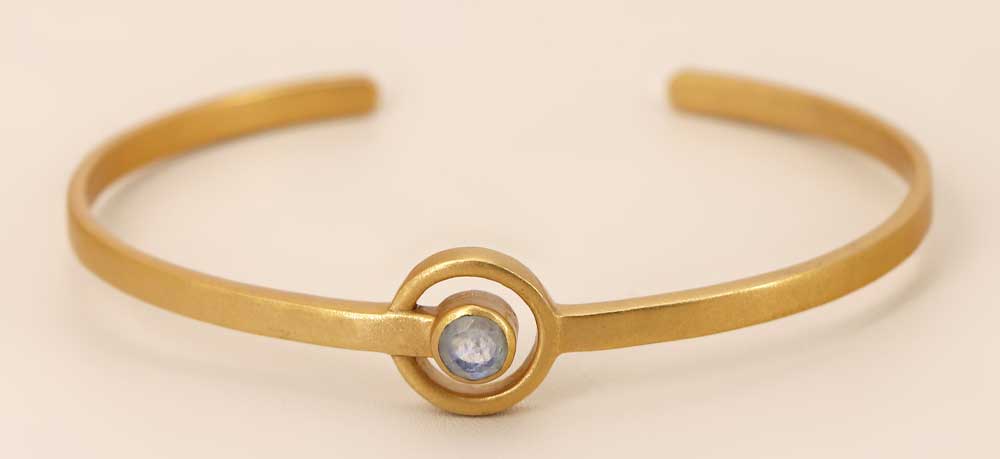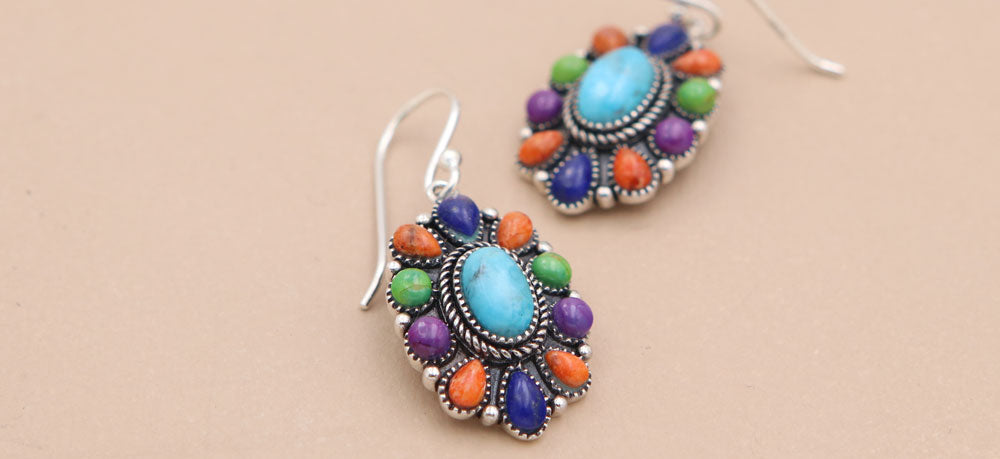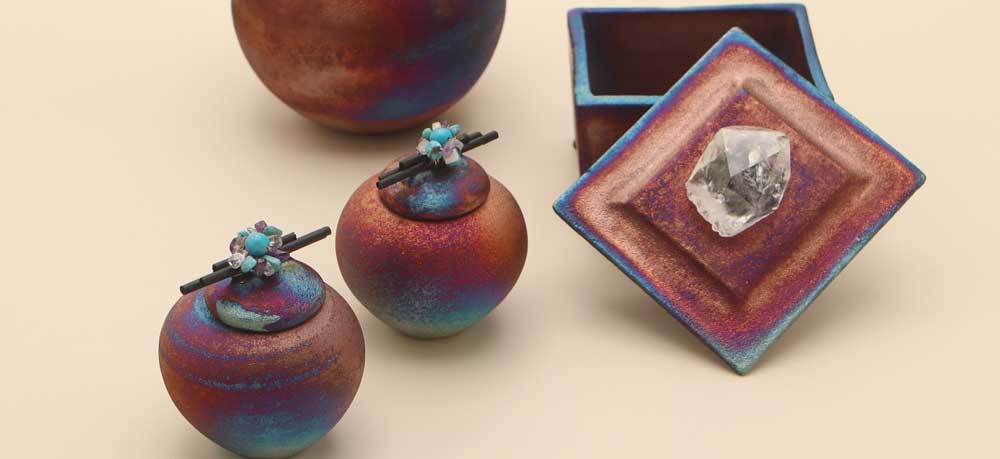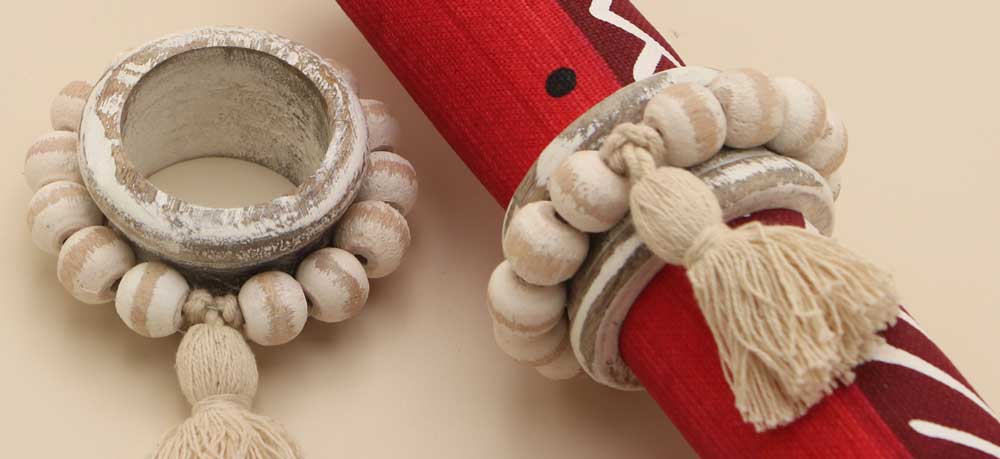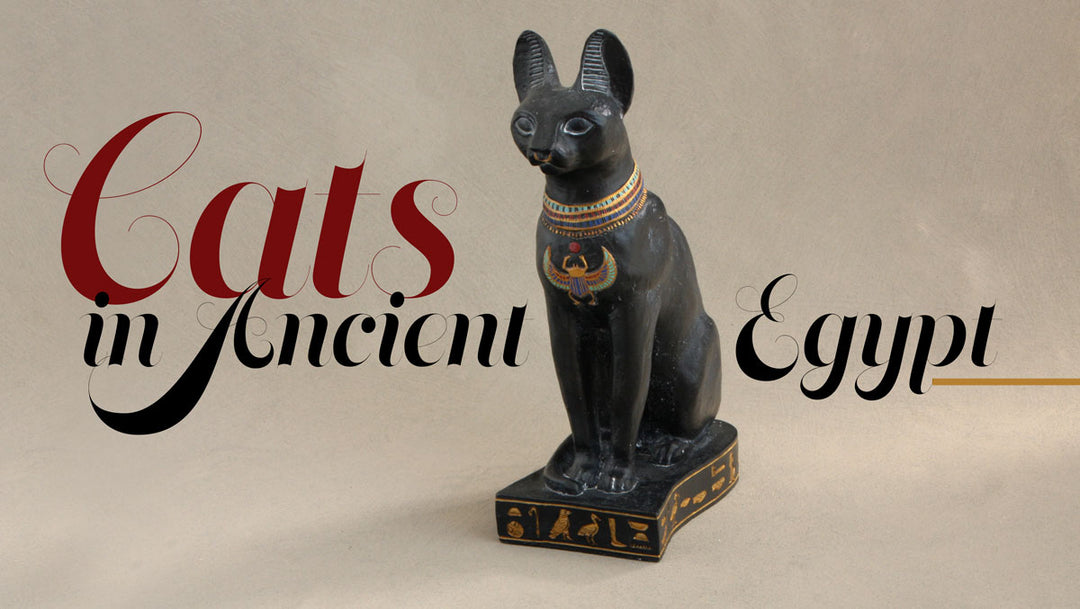Marvelous Matcha Tea: 5 Quick Facts

Full of antioxidants, matcha is a popular and nutritious way to enjoy green tea. It’s frothy, has a distinct taste, and delivers a burst of energy that rivals coffee.
A standard offering at many tea shops and cafes, matcha is considered pretty mainstream nowadays. But despite its availability, you may not know what makes this drink so unique. Here are five quick facts about our favorite Japanese beverage.
- Matcha was originally part of Japan’s historically rich tea-drinking ceremony, which emphasizes ritual and mindfulness. In other words, matcha is meant to be prepared and enjoyed in a thoughtful manner.
- Matcha’s color comes from the growing process. About three weeks before harvesting, the leaves used to make matcha are covered to boost their chlorophyll levels. The increase in chlorophyll results in a beautiful green hue. Tea experts say the greener the matcha powder, the better the tea’s quality.
- In addition to boosting chlorophyll, covering the plants also increases the levels of L-theanine. L-theanine is an amino acid that, combined with the plant’s caffeine, is responsible for the calm alertness that you experience after drinking matcha tea.
- Matcha tea is heavily associated with Japanese culture. However, the process of grinding tea leaves into a powder and whisking it in hot water originated in China during the Song Dynasty.
- The regions of Uji and Nishio in Japan grow the best matcha leaves. They account for about 80% of the matcha tea that comes out of Japan. Both of these regions have nutrient-rich soil and pristine water, two must-have conditions for growing quality matcha!



